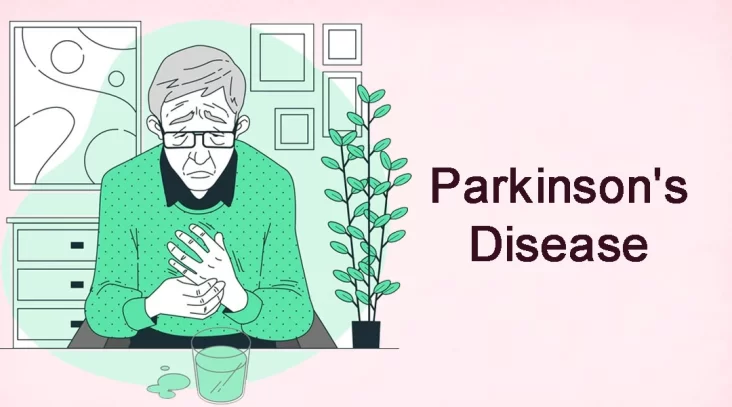Parkinson’s disease (PD) is a progressive neurodegenerative disorder that affects movement control. Named after Dr. James Parkinson, who first described the condition in 1817, PD primarily impacts the central nervous system, causing a range of motor and non-motor symptoms. While the exact cause remains unclear, a combination of genetic and environmental factors is thought to contribute to its development.
Understanding Parkinson’s Disease
Motor Symptoms
- Tremors: Involuntary shaking, usually starting in the hands or fingers at rest.
- Bradykinesia: Slowed movement, making simple tasks challenging.
- Muscle Rigidity: Stiffness and resistance in muscles, leading to decreased flexibility and range of motion.
- Postural Instability: Difficulty with balance and coordination, increasing the risk of falls.
Non-Motor Symptoms
- Cognitive Impairment: Problems with memory, concentration, and executive function.
- Depression and Anxiety: Mood disorders commonly associated with PD.
- Sleep Disturbances: Insomnia, restless legs syndrome, and rapid eye movement sleep behaviour disorder (RBD) are common.
- Autonomic Dysfunction: Issues with blood pressure regulation, digestion, and bladder control.
- Loss of Smell: A decreased ability to detect odours, often occurring years before motor symptoms appear.
Pathophysiology
PD is characterized by the progressive loss of dopamine-producing neurons in the substantia nigra, a region of the brain responsible for movement control. Dopamine is a neurotransmitter involved in regulating motor function, mood, and reward pathways. As dopamine levels decrease, communication between brain regions involved in movement becomes impaired, leading to the motor symptoms of PD.
The accumulation of abnormal protein aggregates, such as alpha-synuclein, in the brain is a hallmark feature of PD. These aggregates, known as Lewy bodies, disrupt cellular function and contribute to neuronal damage and death. Additionally, neuroinflammation and oxidative stress play significant roles in disease progression.
Diagnosis and Treatment
Diagnosis
Diagnosing PD can be challenging, as there is no definitive test. Healthcare professionals rely on clinical evaluation, including medical history, physical examination, and assessment of symptoms. Neuroimaging techniques like MRI or DaTscan may be used to rule out other conditions.
Treatment
- Medications: Dopaminergic drugs, such as levodopa and dopamine agonists, help alleviate motor symptoms by replenishing dopamine levels or mimicking its effects.
- Deep Brain Stimulation (DBS): Surgical implantation of electrodes in specific brain regions can modulate abnormal neural activity and improve motor function.
- Physical Therapy: Exercises targeting balance, flexibility, and coordination can improve motor symptoms and enhance overall quality of life.
- Speech Therapy: Techniques to improve speech and swallowing difficulties commonly associated with PD.
- Occupational Therapy: Strategies to maintain independence in daily activities and adapt to motor challenges.
Living with Parkinson’s Disease
Managing PD requires a multidisciplinary approach tailored to individual needs. Lifestyle modifications, such as regular exercise, a balanced diet, and adequate rest, can help manage symptoms and improve overall well-being. Support groups and counselling provide emotional support and practical advice for coping with the challenges of living with PD.
Research and Future Directions
Ongoing research aims to unravel the underlying mechanisms of PD and develop more effective treatments. Areas of focus include:
- Disease-modifying Therapies: Interventions to slow or halt disease progression by targeting the underlying neurodegenerative processes.
- Biomarkers: Identifying reliable biomarkers for early diagnosis and monitoring disease progression.
- Gene Therapy: Investigating genetic factors contributing to PD and developing gene-based therapies.
- Stem Cell Therapy: Exploring the potential of stem cells to replace damaged neurons and restore motor function.
- Precision Medicine: Tailoring treatment approaches based on individual genetic, environmental, and clinical factors.
Parkinson’s disease is a complex disorder with diverse manifestations and a significant impact on patients’ lives. While current treatments at Sujata Birla Hospital aim to alleviate symptoms and improve quality of life, there is still much to learn about its underlying mechanisms and develop more effective therapies. With ongoing research and advancements in medical science, there is hope for better management and ultimately, a cure for PD.

